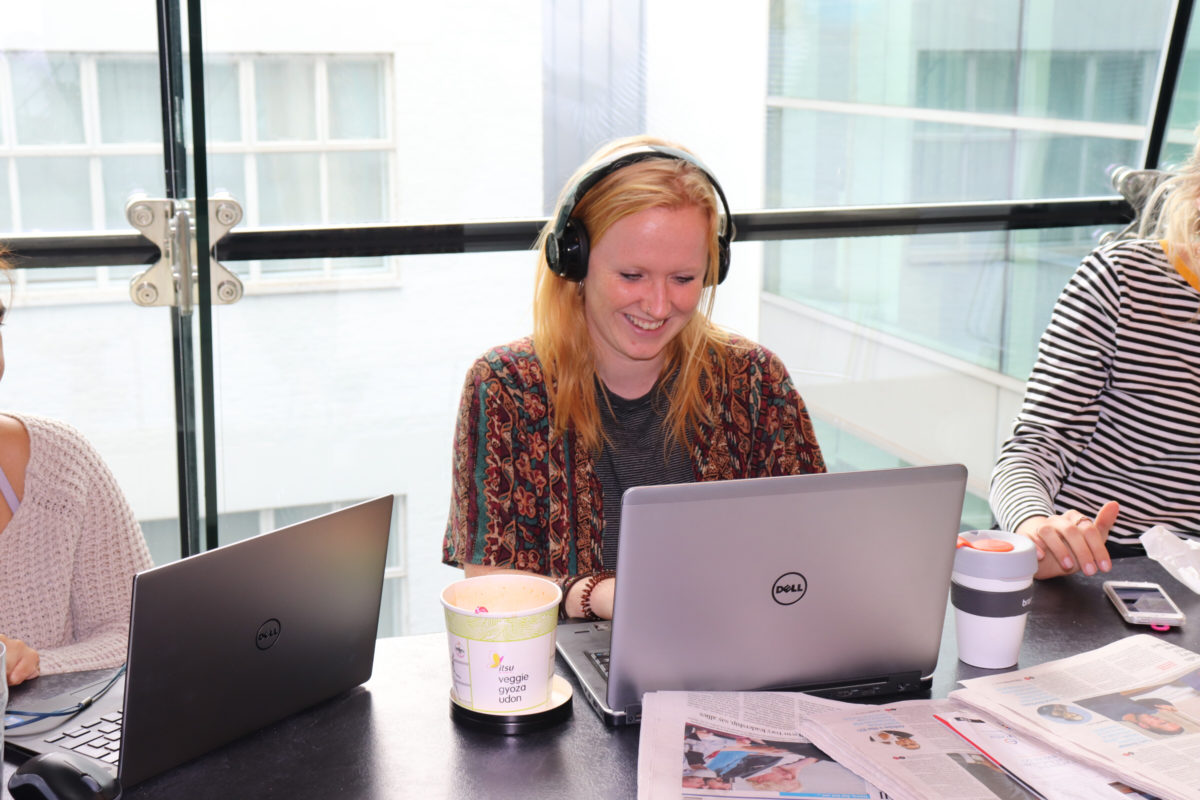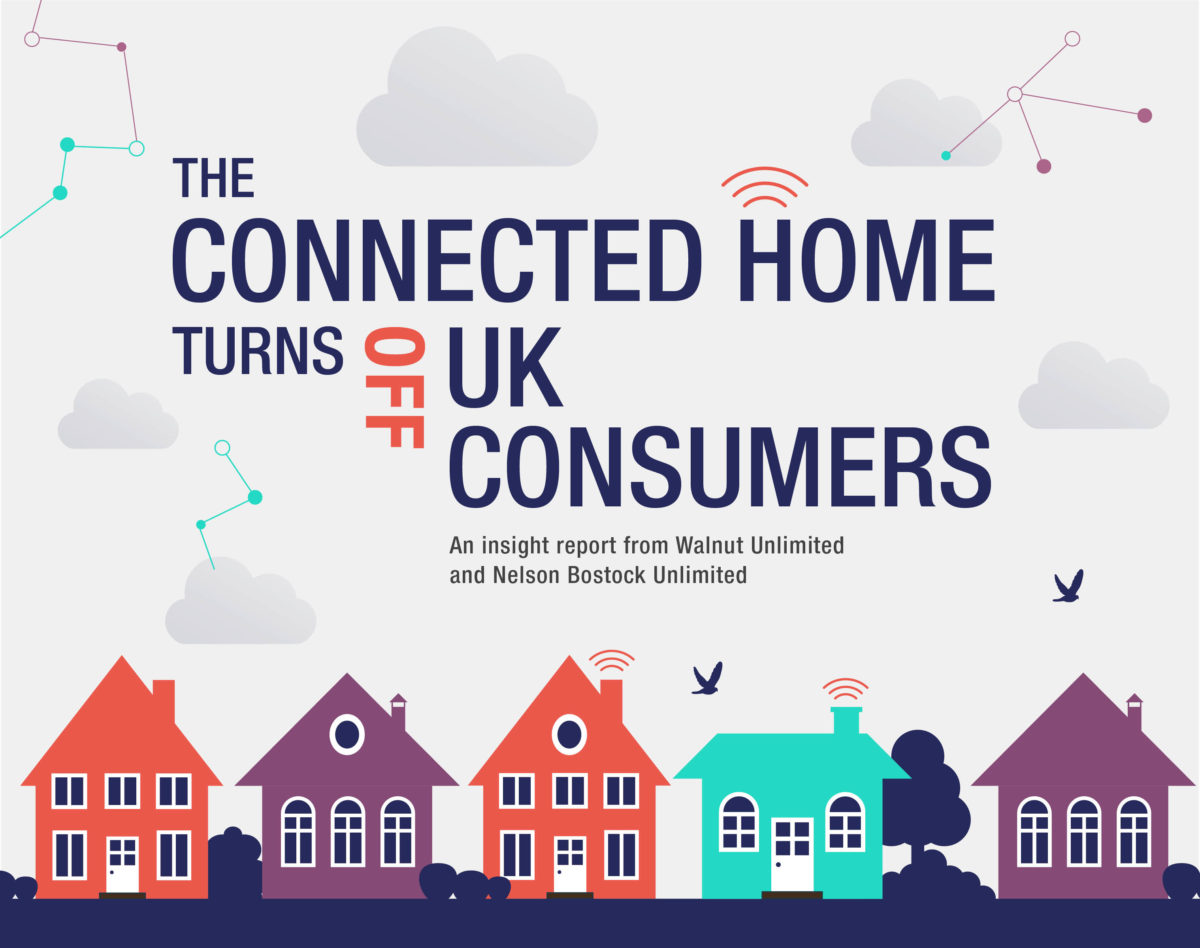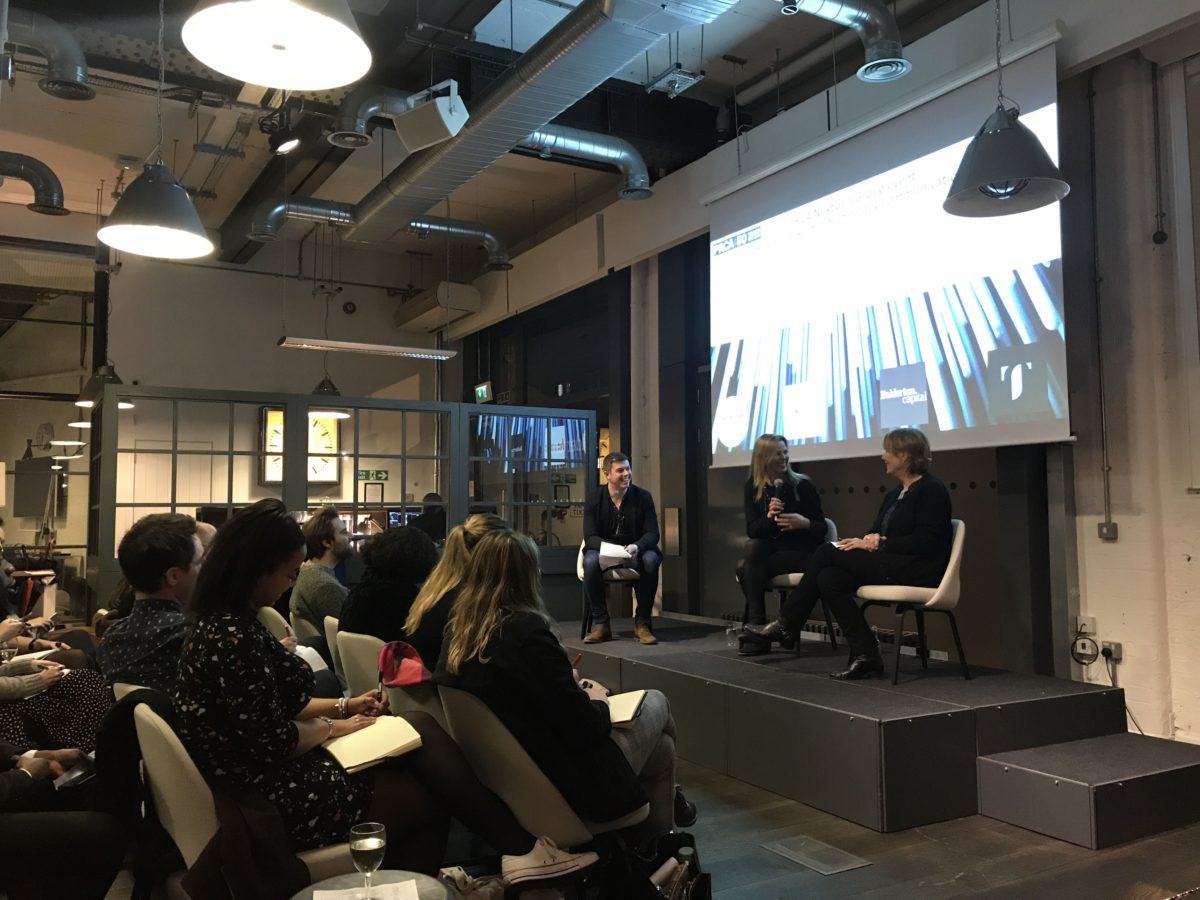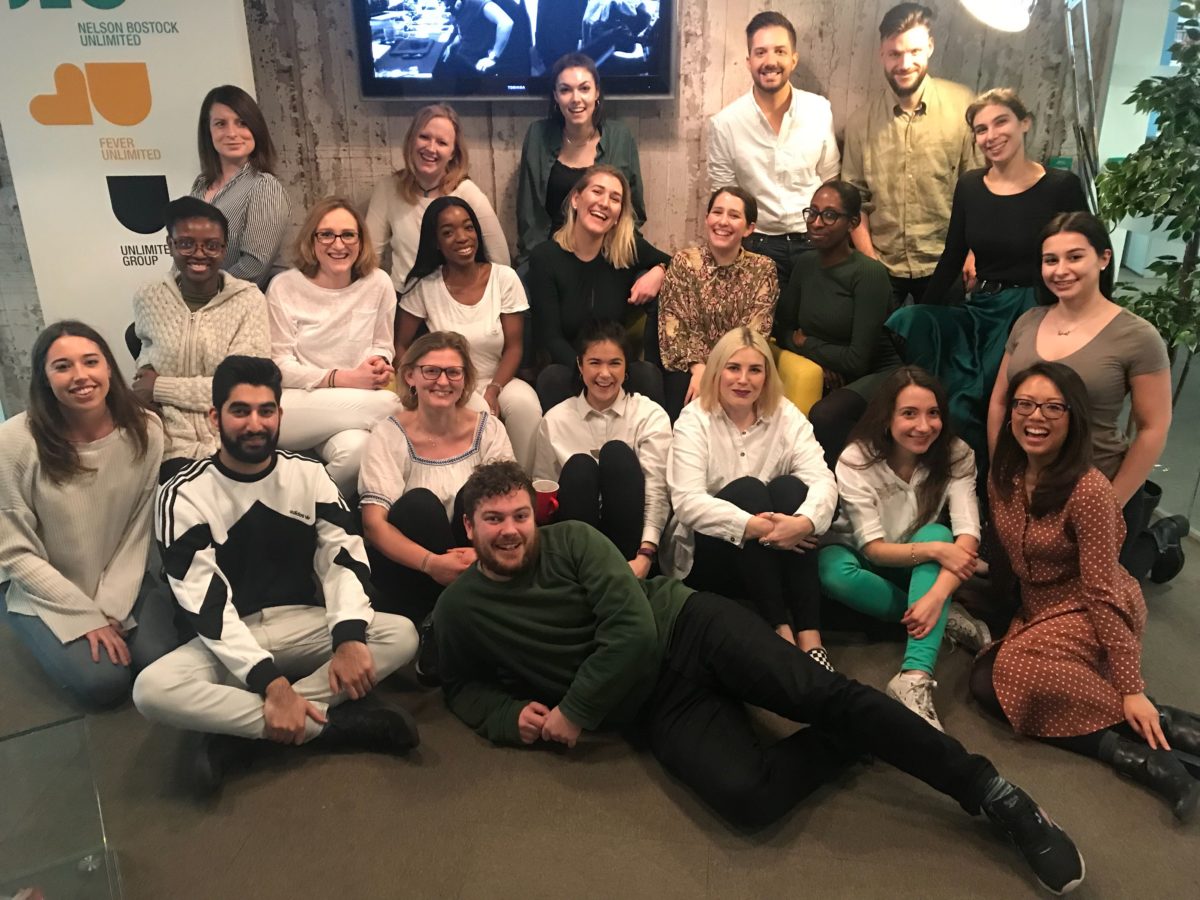Gender equality is an important topic. Nevertheless, there is one day a year where we talk about it more than any other. That day is today. The 8th of March. Obviously, we’ll have important discussions today. But we’ll also uncover some crazy statistics.
For instance, the fact that, according to McKinsey, gender equality could add up to $28 trillion to the world’s output by 2050.
Or the fact that estimates suggest that up to £250bn of additional value could be gained in the UK economy if women were able to start and scale businesses at the same rate as men.
And the fact that despite all of this, out of all the CEOs at the head of Fortune 500 companies, just 24 are women.
To discuss all of this we hosted a panel event and looked at some of the salient issues around women’s equality. Furthermore, we heard from Laura Wheeler, the UK Head of Communications and Public Affairs at Google Cloud, Sophy Tobias, who worked in comms at Facebook and Instagram, Mark Gaukrodger, Head of Growth at Hopper HQ and Marie-Claude Gervais, Research Director at Versiti.
Afterwards, we asked the team to share their thoughts on the most inspirational women. Here’s what they had to say:
Mille Craker-Horton, Account Executive
I think Rachel Atherton is pretty inspirational. Last year she took the sixth World Cup title of her career and her fifth Downhill Mountain Bike World Championship title. What a year. Achievement through sheer determination. Coming back from an injury-hit 2017 too. We’re beginning to see more females in cycling and it’s fierce women like this that have helped lead the way.
Ian Ryan, Account Executive
Mary Robinson became the first female Irish president in 1990. Accordingly, she became UN High Commissioner for Human Rights, presiding over the World Conference against Racism in 2001. She champions women’s rights worldwide and family planning rights for women in Ireland in particular. Amnesty International awarded her the Ambassador of Conscience award in 2004 for her human rights work… and she is great.
George Wisbey, Account Assistant
Jessica Ennis is an amazing athlete, a gold medalist, three-time world champion and heptathlon record holder! In 2017, Jessica became the first British women to win BBC Sports Personality of the Year Lifetime Award. I don’t think I have to say much more. She has a great attitude and is an inspiration to all sports-loving women!
Jacinda Ardern – New Zealand’s prime minister – is such a great role model for women (and, well, everyone) everywhere. Basically, she champions progressive politics. She is one of just two world leaders to have given birth while in office. This shows that you can still be a badass career woman with a family.
Emine Tarim, Account Assistant
Elif Shafak – she is an incredible author, public speaker and political activist. One of her most famous books ‘The Bastard of Istanbul’ single-handedly sparked my interest in Sociology at a young age. Recently, she has become more involved in women’s rights activism and raising awareness of Middle Eastern policies. She talks a lot about ‘othering’ or ‘belonging’. Correspondingly, she speaks about the struggle of migration creating a clash in identifying with a single culture or belief.
Ruth Bader Ginsburg spent her life advocating for women’s rights and gender equality. In 1993 she was the second woman to be confirmed as an Associate Justice of the U.S. Supreme Court. Felicity Jones player her in the recent movie ‘On the Basis of Sex’.
Gaby Wheatley, Account Assistant
Jameela Jamil is an activist, actress and feminist calling out all issues today relating to race, gender, and ability. As well as being Stylist Magazine’s “woman of the year” she also launched two major campaigns. ‘Why Not People?’ focused on putting on accessible entertainment events for disabled people. While ‘i-weigh’ concentrated on body positivity and encouraging women to see themselves as more than what they weigh.
Nich O’Connor, Senior Account Executive
Michaela Coel is a screenwriter, actor and poet who wrote and starred in Channel 4’s Chewing Gum. Accordingly, she’s used her platform to encourage and inspire the next generation of writers. Notwithstanding, she’s also a champion for education and is very vocal about her attitudes towards open mentorship. Michaela is a two-time BAFTA winner and a testament to female strength. By sharing her own experience of sexual assault, and identifying the healing power of writing, she’s encouraged women who’ve been assaulted to seek help.
Brenda Nabanja, Account Assistant
Oprah Winfrey is mine. Undoubtedly, she is a woman of many media talents – a talk show host, TV producer and actress. Subsequently, she became a self-made multi-billionaire, best known for her show the ‘Oprah Winfrey Show’. This show was the highest-rated television program of its kind. Moreover, she’s 65 and still acting!










